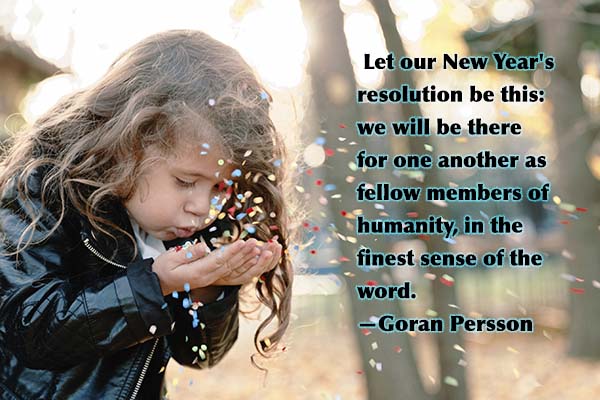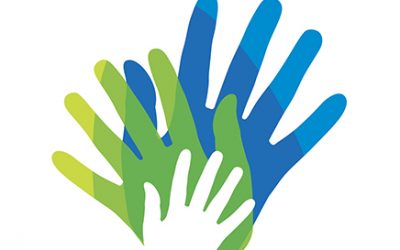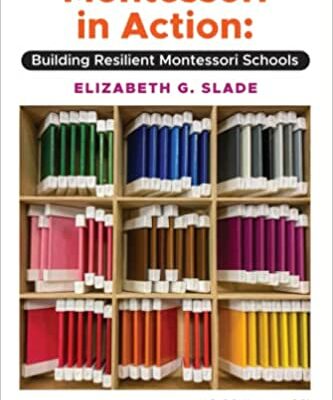After having your children in Montessori for the initial Early-Childhood (3-6) years, you’ve probably seen them grow into independent, confident, and curious learners who genuinely love school. And guess what? The six years of the Elementary program can unlock even more potential.
We have asked some veteran Montessori educators, a parent, and a sixth-grade student to share their views about the Elementary Montessori journey, which you may find valuable.
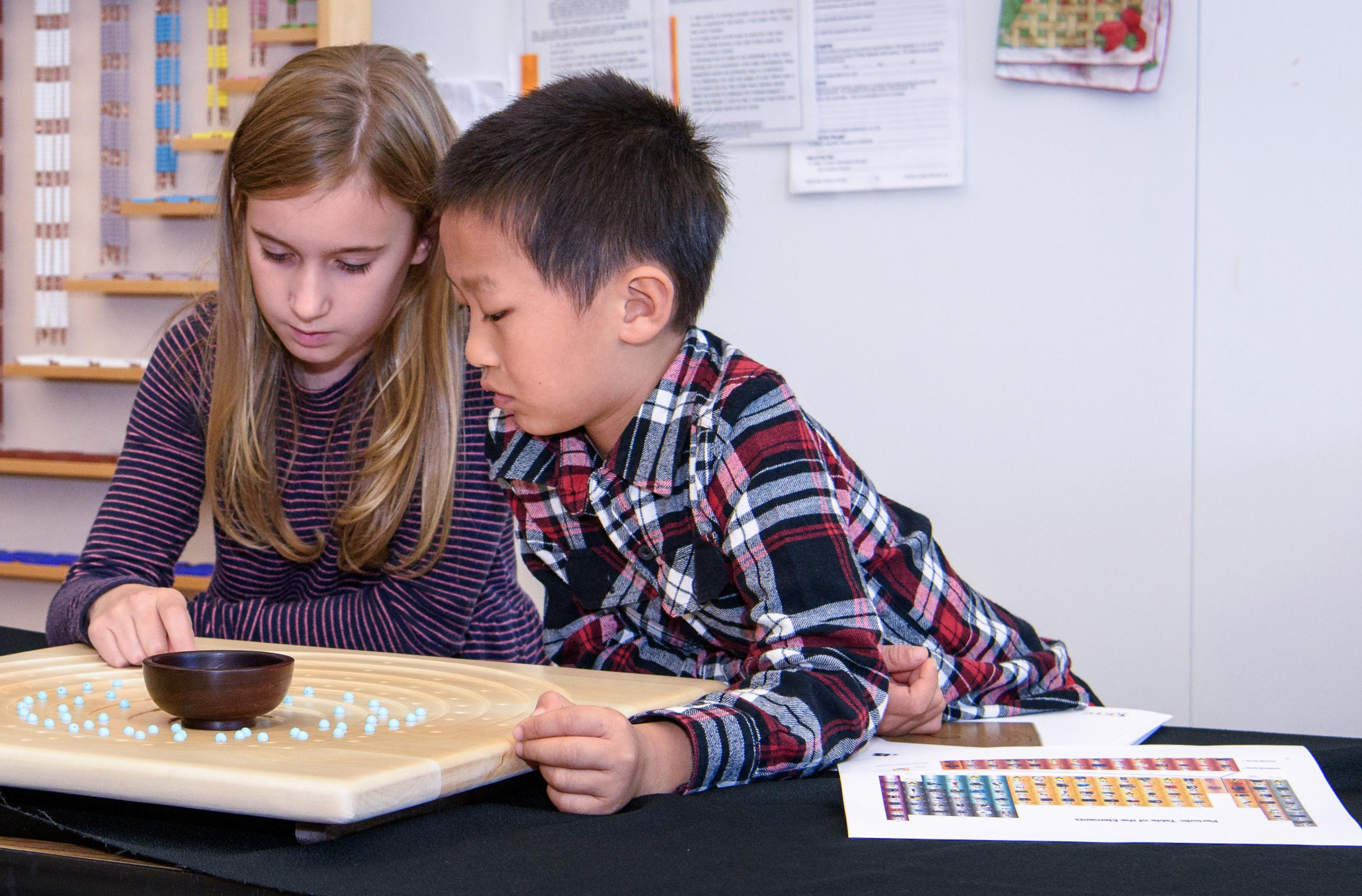
Let’s begin with Val, a Montessori educator.
She explains, “One of the things you see when you enter an Elementary classroom is joy, excitement, and enthusiasm. These are not children who are given papers and workbooks day after day. These children are allowed to take some opportunity to be engaged.
Montessori teachers are not simply teachers. They are mentors, friends, and guides. They are also storytellers. To introduce a lesson, they develop a whole story and draw the children in.”
Our Montessori student, Will, added:
“The best part about our teachers is they are not always using textbooks. We learn from first-hand experience. So we tend to learn things that we wouldn’t ordinarily learn from a book.”
Academics
The Elementary Montessori curriculum is engaging and sophisticated. It requires teachers to have a broad and thorough education of their own. The curriculum is divided into three core elements.
The first focuses on mastering fundamental skills and basic core knowledge. This includes studying mathematics, science, technology, literature, geography, history, economics, and anthropology. It also covers conventional curriculum basics, such as: math facts; spelling lessons; the study of vocabulary, grammar, sentence analysis, creative and expository writing; and library research skills.
The second crucial part of the Montessori curriculum are the Great Lessons. These are captivating stories, experiences, and research projects that explain how the world came to be: the development of life on Earth; humanity’s history; and the evolution of our language, writing, mathematics, and technology. The Great Lessons spark imagination, giving children a cosmic perspective of the Earth and humanity’s place in the universe.
Lastly, the Montessori curriculum encourages individually chosen research. This largely involves library research rather than textbooks, allowing children to gather information, prepare reports, teach their peers, and assemble portfolios. As they progress, their presentations and research reports become more sophisticated and complex.
Hands-On Learning with Montessori Materials
Learning continues to be a hands-on experience in Montessori Elementary classrooms. Children explore through discovery. At this level, the Montessori learning materials advance to more abstract concepts in mathematics, geometry, and pre-algebra.
Val explains, “The learning materials used in the Elementary program are really engaging. After hearing an exciting story about the universe from the teacher, the child can embark on various research projects at their own pace. This excitement and connection with the environment is where true learning happens – and that’s where Montessori really shines.”
Bill, a Montessori parent, adds, “What I loved about Montessori was how the teachers encouraged the kids to choose their daily focus areas. If the child showed special interest in a topic, teachers would support them even if that interest stretched over a week or two.”
One of the best things about Montessori is that it encourages children to think for themselves. It teaches them how to learn – to not simply memorize and forget. They learn that learning can and should be as natural as breathing.
An Integrated Curriculum
In Montessori, subjects are not separated into silos, such as geography, math, and science. Instead, they interweave into each other, providing an interconnected learning experience.

Marsha, another Montessori educator, explained how this works. “For example, when studying the history of our state, we look at how it evolved over time. But to truly understand this, we also explore the geography, the environmental resources, the geology of rock formations, and the local ecosystem. History and science are seamlessly linked—it’s all interconnected.”
Language Arts and Humanities, Mathematics, and History & Geography
Language Arts and the Humanities: The Elementary Montessori Language Arts program stresses developing strong composition and creative writing skills. Students are asked to write continuously, emphasizing, at first, the development and enjoyment of the writing process rather than the strict use of correct grammar and spelling.
However, formal grammar, spelling, and sentence analysis are taught systematically. The key to the Elementary Language Arts curriculum is the quality of literature the children read. They’re introduced early to great children’s books and fascinating works on science, history, geography, and the arts.
Mathematics: Mathematics in Montessori education is based on the European unified math model. This introduces Elementary students to the study of the fundamentals of algebra, geometry, logic, and statistics, along with the principles of advanced arithmetic beginning at the age of six or seven The Elementary math program includes all of the basics that a child needs in order develop further to the next level of algebra, geometry, trigonometry, and calculus.The computer is another key tool used in many Elementary classes for research and the development of compositions.
History and Geography: One of the key objectives of the Elementary Montessori program is to give children a global perspective and help them see their place in the history of humanity. One of the most wonderful things about this cultural area of our curriculum is that it weaves facts together, makes them come alive, and integrates all the studies. From the youngest Elementary grades, children are learning to look at a culture, past or present, from many perspectives. They study the environment, the climate, the look of the land, the food the people would have eaten, how their shelters and houses were built, and how they transported things around the countryside.
You might have a small group of students interested in Greek mythology who build a model of ancient Athens or make and decorate replicas of vases to illustrate a particular story, or they might prepare a diorama of a theme from mythology, or write and produce a play for the rest of the class.
Practical Economics is another important element in the Elementary Montessori curriculum. Students learn how to compare prices against value. They compute costs, maintain checkbooks, operate small school stores, and get introduced to the stock market.

By focusing on the individual needs and interests of each child, Montessori prepares students for a lifelong love of learning, equipping them with the skills necessary to thrive in an interconnected world.
Citizenship: Students study the work of local, state, and federal governments and begin to follow current events. During election years, they might meet candidates and discuss the issues of the day, and sometimes they will even volunteer on the campaign of a local candidate of their choice.
Science: The Montessori science curriculum is focused on studying life, the laws and structure of the universe, and how humanity has sought, throughout history, to put our understanding to practical use.
Val wrote: “Montessori has a gift for science. Science is a participatory thing in Montessori. The child is not just told why things are the way they are; she’s allowed to explore why things are the way they are. She’s allowed to utilize chemicals and processes that maybe one of the first scientists used to reestablish how those things are brought about.”
Kenna (another Elementary Montessori educator) adds: “There are also many science experiment cards on the shelves and children can conduct step-by-step experiments. Students learn to observe and record what takes place during their experiments. The goal is to teach both the scientific method and techniques for safely working with scientific equipment.”
The Montessori Child
The Montessori Elementary classroom functions as a community where children learn social skills, courtesy, conflict resolution, and ethical behavior. It provides a platform for children to work together, acknowledge each other’s contributions, and develop a sense of justice and moral reasoning.
Students actively explore questions of social justice, human rights, aid to the needy, and global peacebuilding. They engage in community service projects, gaining a sense of responsibility and social consciousness. Montessori nurtures children into flexible, self-disciplined, independent learners and self-actualized adults.
Kenna: “We’re trying to develop children who can solve problems and find information on their own. They learn to address conflicts peacefully. That’s what we aim for in our Elementary program.”
Bill adds: “The respect level between the kids in Montessori is very different from what my daughter experienced in a traditional public school. Montessori always fosters a sense of community.”
Conclusion
Montessori’s Elementary program offers a unique educational experience that nurtures academic excellence, character development, global understanding, and community service. By focusing on the individual needs and interests of each child, Montessori prepares students for a lifelong love of learning, equipping them with the skills necessary to thrive in an interconnected world.
If you want your child to love learning, then you’re on the right track with Montessori.
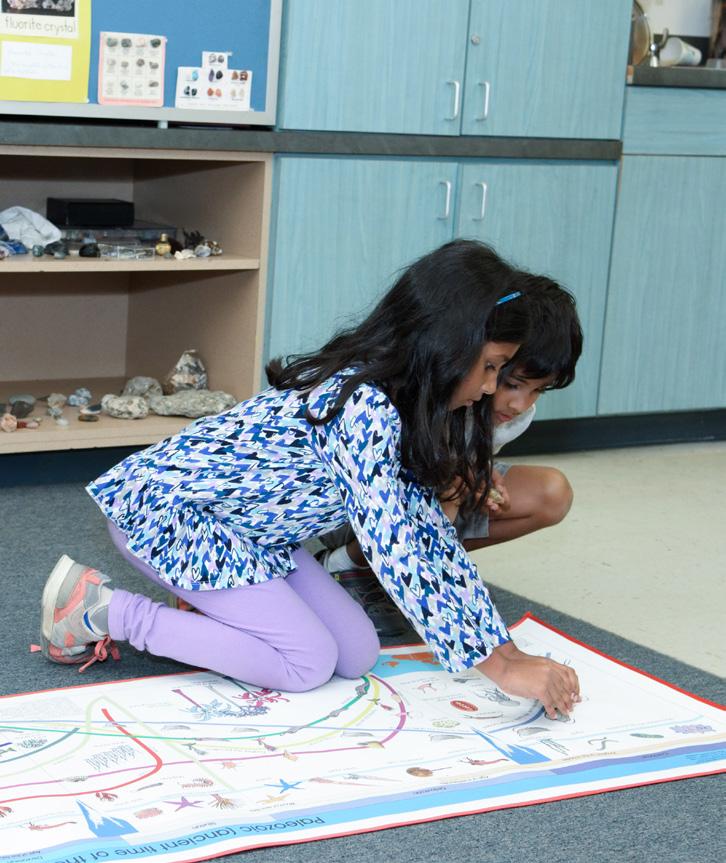
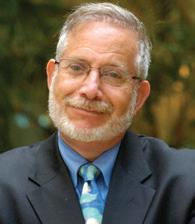
Tim Seldin is President of the Montessori Foundation and Chair of the International Montessori Council. His more than 40 years of experience in Montessori education includes 22 years as Headmaster of the Barrie School in Silver Spring, Maryland, his alma mater from toddler through high school graduation. Tim was Co-Founder and Director of the Institute for Advanced Montessori Studies and the Center for Guided Montessori Studies. He earned a B.A. in History and Philosophy from Georgetown University, an M.Ed. in Educational Administration and Supervision from The American University, and his Montessori certification from the American Montessori Society. Tim Seldin is the author of several books on Montessori Education, including How to Raise An Amazing Child and The World in the Palm of Her Hand. Look for his new book, Montessori for Everyone, co-authored with Lorna McGrath.

